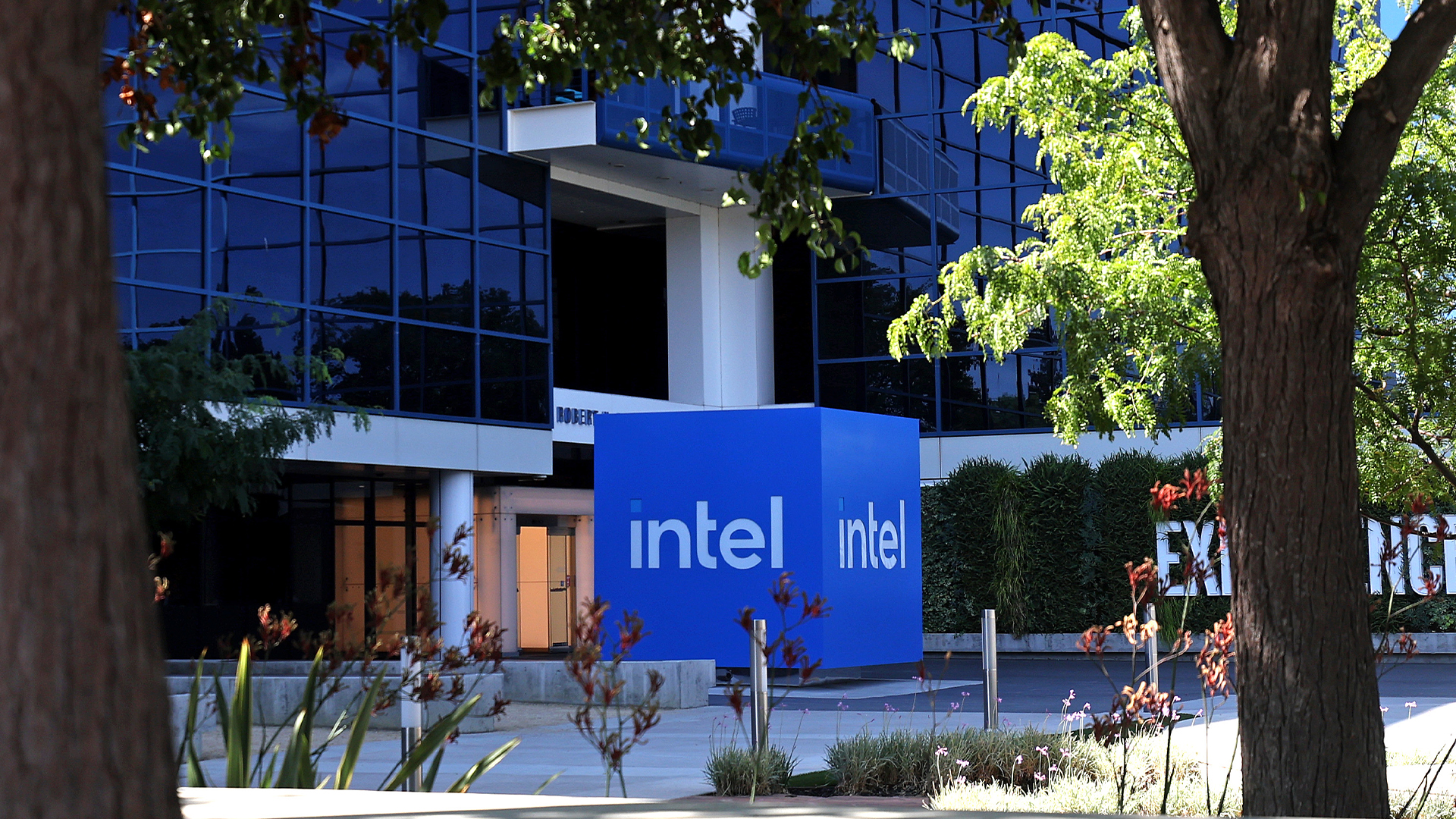HPE losses pinned on Intel chip shortages and COVID-19
Revenue dipped in the first quarter of 2020 as a months' long CPU shortage continues to bite


HPE has reported that its year-on-year revenues for the previous quarter have declined by 8% due to difficulties in its compute business, led primarily by the continued shortage of Intel processors.
Net revenues recorded for the first quarter of 2020 were $6.9 billion, falling from the $7.5 billion recorded during the same period last year. The main culprit was a 15% decline in HPE’s compute business, with “manufacturing capacity constraints” causing income to drop by $3 billion year-on-year.
The company has hinted this is due to several global issues, including the recent worldwide coronavirus outbreak, although HPE’s financial results underperformed against analyst estimates regardless.
The company has also suggested the need to address a string of challenges, including competitive pressures, risks associated with executing HPE’s strategy, as well as unforeseen events such as the spread of the virus.
“HPE’s first-quarter results demonstrate continued progress against our strategic priorities to shift our company to higher-margin and more recurring revenues against a dynamic market backdrop,” said HPE’s president and CEO Antonio Neri.
“While our overall revenue declined for the quarter, primarily due to our Compute business, we grew our ARR by 19 percent and saw profitable growth in key areas of investment, including Intelligent Edge, High Performance Compute, Hyperconverged Infrastructure, Big Data Storage and Operational Services orders.”
“Faced with continued macro uncertainty, I am confident we are managing our business with discipline and focus, taking the right actions, and advancing our pivot to deliver unique edge-to-cloud experiences as a service. We believe the combination will drive long-term profitable growth and strong returns on investment.”
Sign up today and you will receive a free copy of our Future Focus 2025 report - the leading guidance on AI, cybersecurity and other IT challenges as per 700+ senior executives
Intel shortages have been present throughout the market for many, many months, with a string of companies previously blaming their poor financial performances on the lack of supply of chips.
The company previously apologised for being unable to meet “strong demand” for its CPUs in November 2019, also pledging to invest in capital expenditure to ramp up production.
Last year, for example, Microsoft blamed Intel for a drop in the sales of Windows machines, while in November, Dell slashed its 2020 forecast over fears that the shortage of Intel chips would continue to lead to declining PC shipments.
While HPE’s compute business suffered, a number of smaller areas of the business saw better fortunes. The intelligent edge division grew 4% year-on-year to record $720 million in revenue, for example, while high-performance compute and mission-critical systems grew 6% year-on-year, hitting $823 million for Q1 2020.
Performance in these areas, however, was not strong enough to offset the losses in areas such as financial services, which declined 6% year-on-year, as well as storage, which was down 7% despite recording $1.3 billion in revenue.

Keumars Afifi-Sabet is a writer and editor that specialises in public sector, cyber security, and cloud computing. He first joined ITPro as a staff writer in April 2018 and eventually became its Features Editor. Although a regular contributor to other tech sites in the past, these days you will find Keumars on LiveScience, where he runs its Technology section.
-
 What businesses need to know about data sovereignty
What businesses need to know about data sovereigntyWithout a firm strategy for data sovereignty, businesses put their data and reputations at risk
-
 Anthropic says MCP will stay 'open, neutral, and community-driven' after donating project to Linux Foundation
Anthropic says MCP will stay 'open, neutral, and community-driven' after donating project to Linux FoundationNews The AAIF aims to standardize agentic AI development and create an open ecosystem for developers
-
 Three things I expect to see at HPE Discover Barcelona 2025 (and two I don’t)
Three things I expect to see at HPE Discover Barcelona 2025 (and two I don’t)Analysis With the conference kicking off at the Fira Barcelona next week, here are some things to look forward to
-
 HPE launches first phase of new-look Partner Ready Vantage program
HPE launches first phase of new-look Partner Ready Vantage programNews The IT giant’s freshly unified channel initiative combines its legacy programs into a single framework
-
 UK firms are pouring money into AI, but they won’t see a return on investment unless they address these key issues
UK firms are pouring money into AI, but they won’t see a return on investment unless they address these key issuesNews An SAP report projects increased AI investment, but cautions that too many organizations are taking a fragmented approach
-
 HPE names Phil Mottram as new global sales chief
HPE names Phil Mottram as new global sales chiefNews Mottram succeeds HPE veteran Heiko Meyer who is retiring after 38 years with the tech giant
-
 Intel to axe 24,000 roles, cancel factory plans in sweeping cost-cutting move
Intel to axe 24,000 roles, cancel factory plans in sweeping cost-cutting moveNews Despite better than expected revenue in its Q2 results, the chip giant is targeting a leaner operation
-
 Intel makes high-level hires while factory workers are warned of layoffs
Intel makes high-level hires while factory workers are warned of layoffsNews The company is appointing four senior executives as part of efforts to refocus on engineering and customer relationships
-
 UiPath names Simon Pettit as new AVP for UK and Ireland
UiPath names Simon Pettit as new AVP for UK and IrelandNews The seasoned leader will spearhead region-specific transformation projects as UiPath looks to drive operational growth and customer engagement
-
 Intel layoffs confirmed as CEO eyes 'sustainable growth'
Intel layoffs confirmed as CEO eyes 'sustainable growth'Intel’s new CEO Lip-Bu Tan has confirmed the company will be cutting its headcount in response to sluggish revenue.